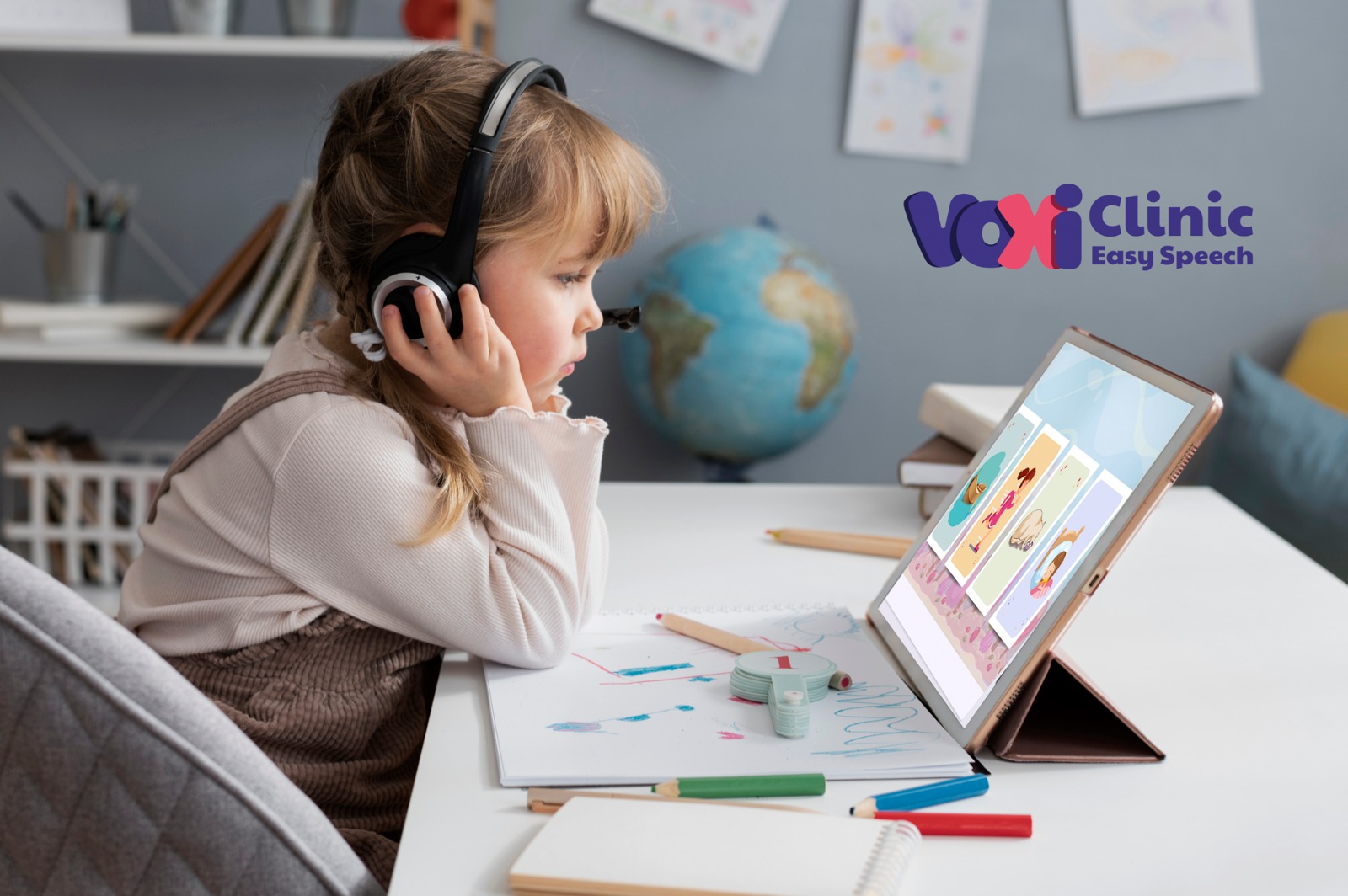Around the age of one your child should use about 6 to 8 words. This includes the syllables they use to name concrete objects or animals - bai for balloon or hav-hav (ham-ham) for dog.
Around the age of 18 months a child's vocabulary consists of about 30 words. It's not until around the second year that the child starts to form sentences and put words into meaningful phrases.
If you have the impression that he can't make certain sounds, stutters or slur his words, at this age it may not mean anything - but to avoid overlooking anything, consult your pediatrician or talk to a speech therapist.
Problem sounds in children are usually R and L, possibly whistles . Even breastfeeding itself helps the development of the articulatory muscles and proper development of the vault, tongue and oral cavity as a whole. You can also encourage correct articulation and speech development in such a way that your child will always see your lips when you explain something, speak slowly, intelligibly, often at his or her level (lean down) and use short sentences with emphasized pauses.
1. Balloons in the bathroom
Drain the liquid for the soap bubbles and rinse the container well. Dissolve baby soap in water or put a few drops of baby bath foam in a little water. This will make a soap bubble liquid that your child can also take in the bath. Blow up the balloons together. First the soap balloons, then quietly and with your mouth under water - be careful! The child is not allowed to breathe in under water and do not take your eyes off him for a second. Blowing the soap bubbles trains the speech muscles and supports correct pronunciation.
2. Blowing in felt balls
Felt balls are an excellent tool for training fine motor skills, and also for blowing, which like blowing soap bubbles stimulates facial and articulatory muscles. Balls can be blown on the table in the doorway, or in younger children you can blow them off the table and then squeeze them together or sort them by color.
3. Drawing simple shapes
To prevent the child from articulating the problematic sounds convulsively, stuttering or being traumatized by the attention attention, it is advisable to combine two activities into one - if he will draw and recite a poem at the same time, he will not counterproductively focus on the sounds and at the same time the practice will be more fun.
For example:
While drawing lines on the paper he recites: It's raining. It's raining outside slowly. Can we hear it? Come on with light fingers. Let's hit it!
While drawing the circle recite: A rooster had a basket. And it was full of donuts. Suddenly an old man came. Let him give him donuts too.
While drawing the waves recite: On a loaf of bread with gravy sat Mrs. Fly. A stork and a bearded stork are chatting on the barrel.
These exercises are recommended for children who just need to practice sounds. If your child's articulation is not well fixed, can't be understood well, or something doesn't seem right, ask your pediatrician about a speech therapy examination or you can consult a speech therapy specialist directly in the VOXi Platform.










